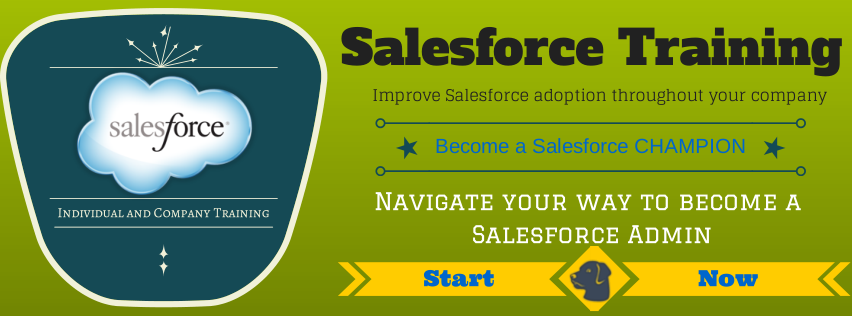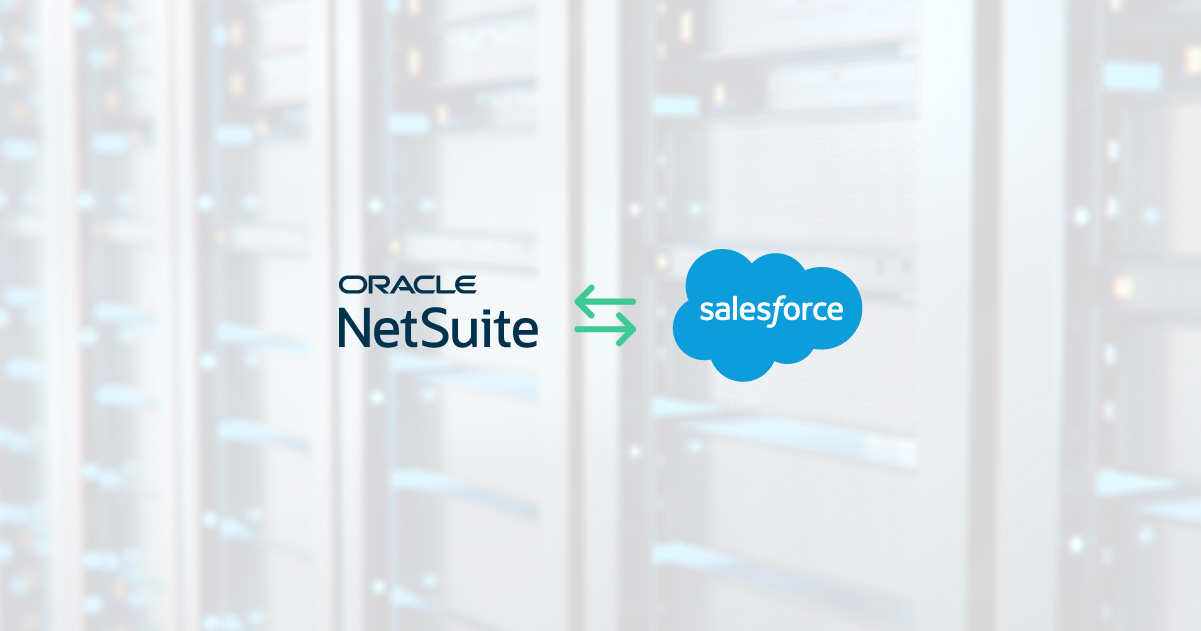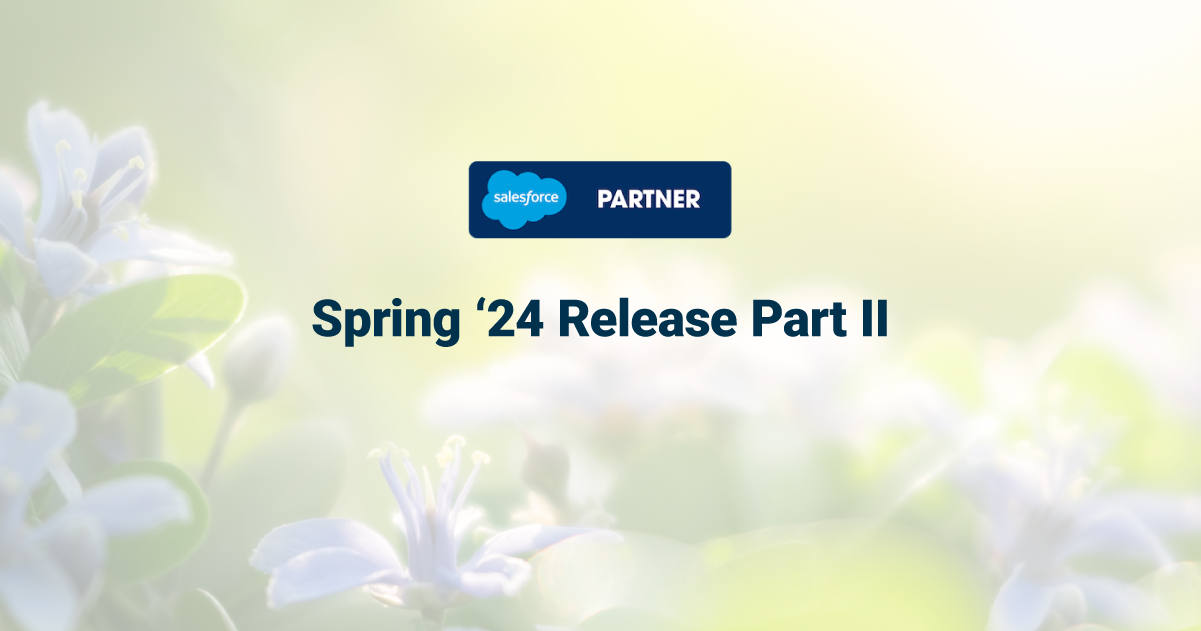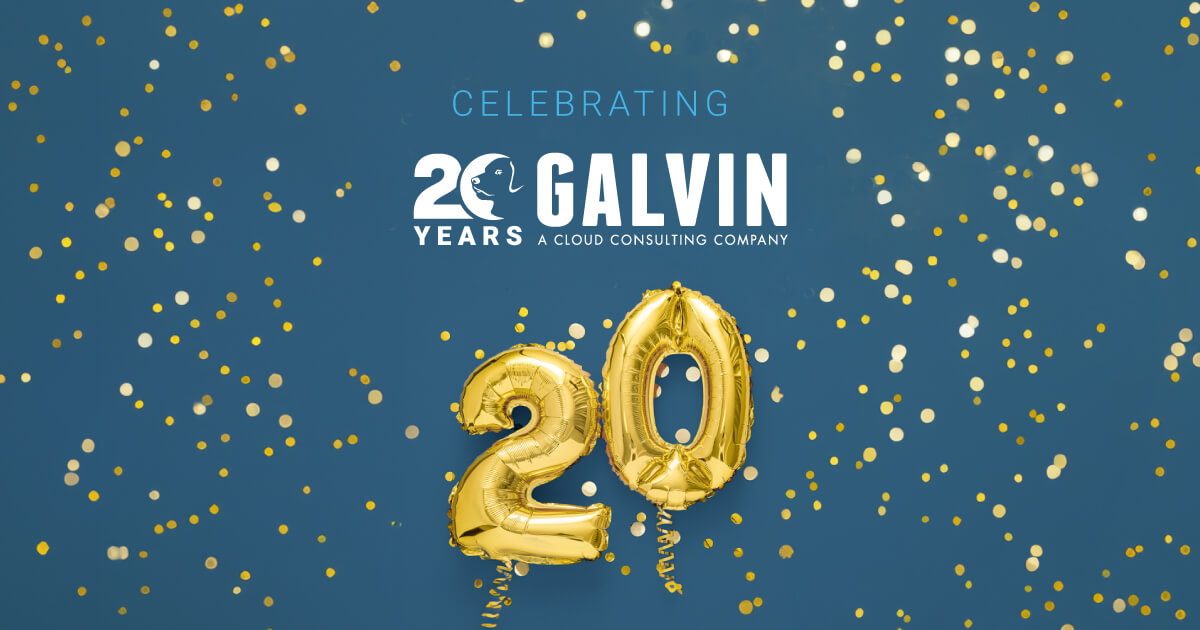You Can’t Teach Salesforce in a 2-Hour Session
I coach my daughter’s 1st grade basketball team and last night we had our first practice. Some of the girls have played before while others have never dribbled a ball. Before our first game we have one more practice. Essentially, I have 2 hours to teach the team the skills of basketball, how to play the game and then how to go out there and beat the other team. Wish us luck!
When I thought about it this today I began to think about how companies do their internal Salesforce training and unfortunately too many companies go about it the wrong way. Oftentimes we notice that when a company is ready to roll-out Salesforce they bring the users into the company conference room for a 2-hour training session on how to use Salesforce. This doesn’t work. First of all, your team more than likely have a lot going on already and their minds are not on Salesforce before or after training. Secondly, you can’t change a culture in 2 hours. Putting the users through two hours of training and expecting them to go out there and win is similar to teaching basketball to 1st graders for two hours and expecting them to win.
How You Should Do Salesforce Training
Start Communication Early
As your company begins their Salesforce implementation start communicating with your users about the tool-set they are going to receive.
[tweet_quote]If you show them how their job will be easier and faster; they will be interested.[/tweet_quote] We recommend keeping them updated on not only how the implementation is coming along but on the features and functionality they will have. Don’t overwhelm them in one meeting but rather over time. For example, show them how they can send template emails, keep up with their tasks, have better visibility to their pipeline, the various workflows that will automate back end processing, the digital signatures, or better expense reporting. Your users will see these features and begin to relate it back to how they do their job now and maybe have them jumping out of their chairs.
Make sure you also get their input on their day-to-day processes and what could be better. These are the people in the trenches who will be using the tool everyday and their suggestions matter. After you showcase the features and functionality of Salesforce take some time to get their input on what the company can do to improve overall sales force automation (SFA).
Start Training Before Implementation is Complete
Between the blogs, the Salesforce.com website and the thousands of YouTube videos out there your organization can begin the training of Salesforce before implementation is complete.
Start simple by training the users on starting to capture the data of the soon-to-be required fields. Even though you might still be working in your legacy CRM system begin making it a requirement of capturing those data fields. Then, we recommend moving the training to a series of YouTube videos that have been produced by Salesforce. Because your team hasn’t logged into Salesforce you probably don’t want to give them tactical how-to videos but rather higher level videos that discuss the importance of Salesforce and the vision of what the future has in store for them. Lastly, before the company fully moves over to Salesforce start training your team in the sandbox. This is the time where your users can interact with Salesforce and learning all that it can do.
Focus Your Training on Them; Not the Technology
When it comes time to actually put the users into a room and train them don’t focus on the technology itself. You’ve already done that and hopefully you have gotten them to understand what Salesforce is and can do. Now is the time to train them on how they will use Salesforce everyday – “A Day in the Life”. Your training sessions should show them how they do their tactical parts of their job. Whether its logging calls, approving assignments/opportunities, looking up records, etc; essentially by showing them how they will use it will create an a-ha moment for most of your team.
QUICK TIP: If you are implementing new sales metrics make sure you tell your team why and the benefits it will have on them.
Keep It Going
As time goes on you need to keep your team informed and trained on how to use Salesforce. Not only should you practice the popular discipline of “if it’s not in Salesforce; it doesn’t exist” but keep your team updated with best practices, new reports and new features.
Each year, Salesforce comes out with 3 releases that are packed with hundreds of new updates. Salesforce offers a wealth of information on each release that can get any user ready. Spend time before the release informing your team what is coming. Then, after the release show them how it works.
Most likely your team meets on a weekly basis to review various metrics. Take time aside either each week, each month or each quarter and spend it on learning and training Salesforce. You should also use collaboration so that people from your team can train their co-workers and show them what they learned or how they have been successful with Salesforce.
What Does Your Company Do?
Salesforce is a robust tool and is not meant to only be a large contact system but rather a complete sales force automation tool that will help the team and the company. So teaching your team Salesforce in a two hour session is nearly not enough to get them to fully utilize the application. Just like my 1st grade athletes or any professional athlete – you need to keep learning, training and practicing. If you have ideas, comments or suggestions beyond this blog post please share them in the comments below. We would love to hear what has or has not worked for you as it relates to training your team.
Also published on Medium.
— Related Articles —
— Also on Galvin Tech —
Also published on Medium.











